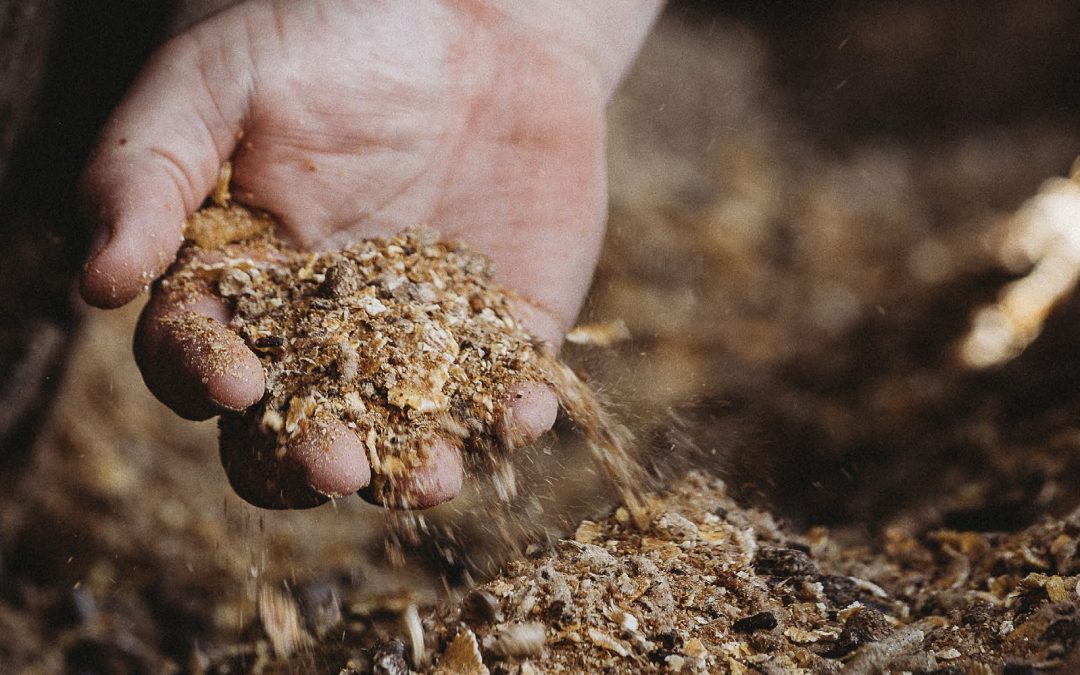By: Ben Baer
President, Livestock Nutrition Center
“Corn is king!” We’ve all heard someone say that they can predict the price of their feed based on the price of corn. While there is some truth to this statement, feed costs are driven by more factors than the price of corn alone.
Feed prices are most heavily impacted by by-product prices
Efficient cattle feeding requires feed to be made with the most cost-effective and nutritious feedstuffs. By-products (e.g. dry distiller grains, corn gluten, wheat midds, and soy hulls) are nearly always the best value. By-products often represent 70%+ of pre-feedlot cattle rations. However, corn and by-products vary for some fundamental reasons:

The data below from the Chicago Mercantile Exchange show that the price of feed ingredients and corn do often correlate because demand for corn often mirrors overall market demand for feedstuffs and price is the primary method we have to manage corn supply from one harvest year to the next. However, there are periods in the market where the basic law of supply and demand for given feed ingredients moves by-product feed prices independently from corn.
As an example, in 2018, you can see corn gluten prices rose dramatically higher compared to corn. What drove this? A supply shortage of corn gluten due to processing issues at a major producer.
HOW DO I ENSURE MY FEED PRICES ARE COMPETITIVE?
It’s important to have a nutritionist that will review and update your formulation to ensure you are continuing to get the right nutrition at the best price. Your feed manufacturer should have access to multiple ingredients that can meet your cattle’s nutrition needs (protein, energy, fiber, etc.) so that individual ingredient price/supply issues don’t drastically raise your prices.


Recent Comments